#Textile printing
Explore tagged Tumblr posts
Text


Printed Textiles by Pat Albeck (1969).
#textiles#textile printing#screen printing#book cover#1960s design#1960s illustration#typography#1969#1960s style#1960s
125 notes
·
View notes
Text
Top Trends in Digital Textile Printing for 2025
Digital textile printing continues to revolutionize the textile industry, offering unmatched precision, customization, and speed. As we step into 2025, True Colors Group is at the forefront of innovation, ensuring businesses stay ahead of the curve. Here are the top trends shaping the future of digital textile printing.

Sustainability Takes Center Stage
Environmental concerns are driving the adoption of sustainable practices across industries, and textile printing is no exception. Digital textile printing significantly reduces water and energy usage compared to traditional methods, making it a preferred choice for eco-conscious businesses. True Colors Group emphasizes sustainability by using advanced printing machines that minimize waste while delivering vibrant, high-quality results.
Enhanced Print Speeds and Precision
Advancements in printing machine technology have led to faster production times without compromising quality. In 2025, expect to see digital textile printing machines equipped with AI-driven features that ensure flawless precision and consistent results, even for large-scale production runs. These developments empower businesses to meet growing demand while maintaining impeccable standards.
Rise of Customization and Personalization
Consumers increasingly seek unique, personalized products, and digital textile printing is the perfect solution. From custom apparel to personalized home décor, businesses can use digital technology to create bespoke designs with ease. True Colors Group leverages this trend by providing cutting-edge sublimation printing options that cater to diverse customer needs.

Integration of Smart Technologies
Smart technologies, including IoT and AI, are transforming how printing machines operate. These innovations enable real-time monitoring, predictive maintenance, and seamless workflow integration, reducing downtime and enhancing efficiency. True Colors Group stays ahead by adopting smart textile printing solutions that ensure optimal performance and customer satisfaction.
Expanding Applications in Fashion and Beyond
While fashion remains a primary focus for digital textile printing, new applications are emerging in sectors like interior design, automotive, and sportswear. Sublimation printing is particularly popular for creating durable, high-quality prints on a variety of materials, including polyester and blended fabrics.

In 2025, True Colors Group continues to push boundaries in digital textile printing, offering businesses the tools and expertise needed to succeed in a competitive market. By embracing these trends, companies can unlock new opportunities and deliver exceptional value to their customers.
2 notes
·
View notes
Text
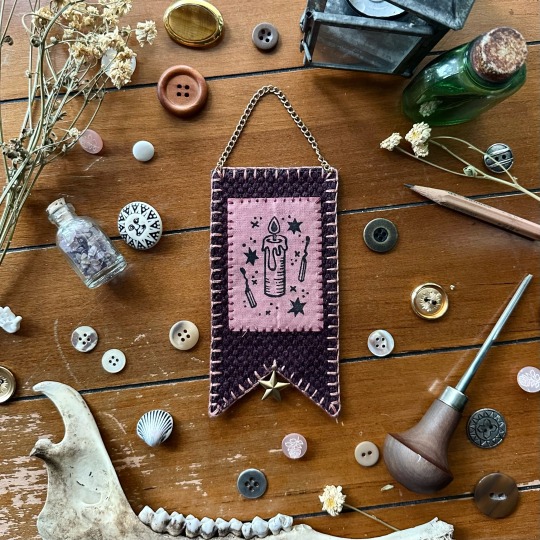
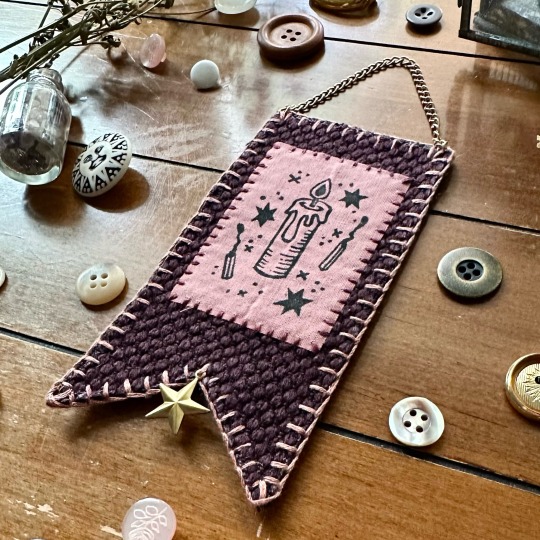
candle light banner
Jasper Alexander
linocut print on recycled fabric, hand sewn using upholstery sample, felt, and second hand notions
#linoprint#printmaker#block printing#printmaking#relief print#block print#handmade#reliefprint#salted snail studio#blanket stitch#embroidery#creative reuse#creativereuse#textile recycling#textile printing#mixed media#fabric art#reusedmaterials#relief printed fabric#relief printmaking#candle#candle light#candle magic
35 notes
·
View notes
Text

2 notes
·
View notes
Text


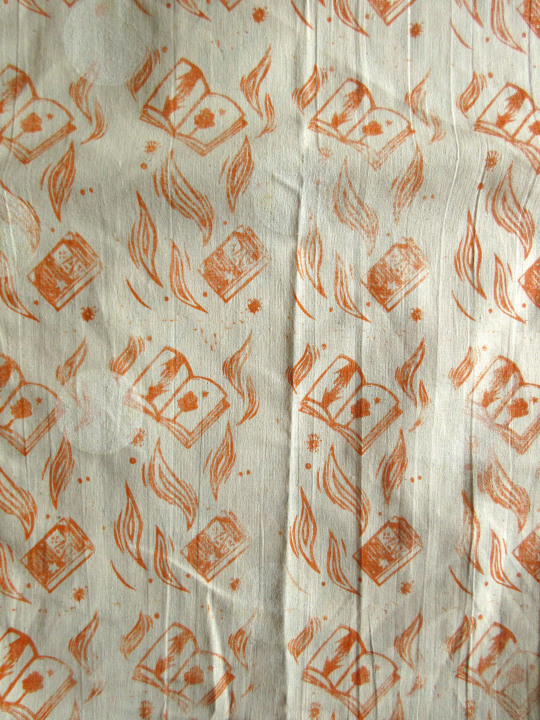
impressions sur textiles / Handprinted textile
9 notes
·
View notes
Text

textile print samples. a green on green linoleum block printing ispired by Raoul Dufy, handmade by me.
let's see if I can make it even better ✨
8 notes
·
View notes
Text
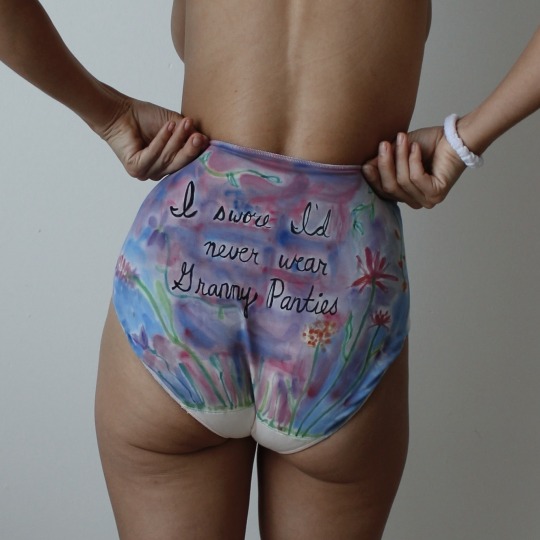
I bought the worst panties! I was expecting high cut flattering but as they were… it was tragic lol. So I painted them. My teenage self is shook that what I said would never happen, has indeed occurred.
#self portrait#artists on tumblr#self portrait a day#artist#fashion#ootd#ootdfashion#watercolourpainting#art#self taught artist#folk art#textiles#textile printing
2 notes
·
View notes
Text

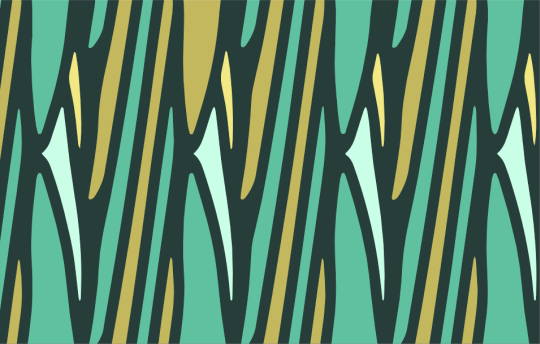
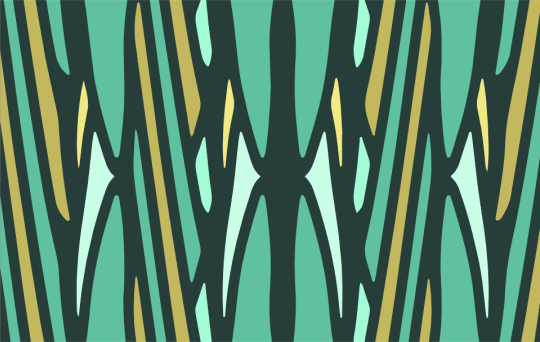
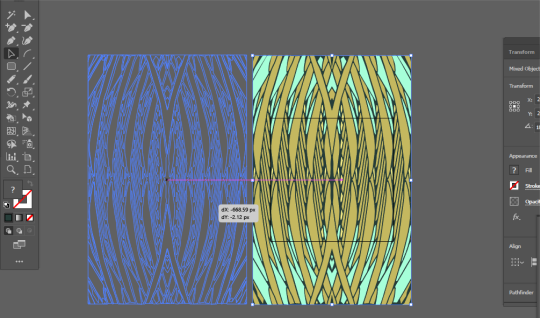
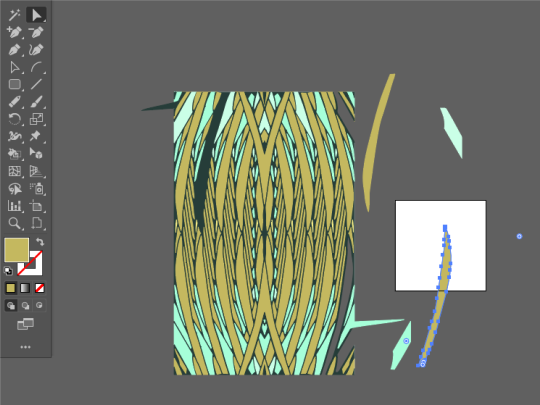

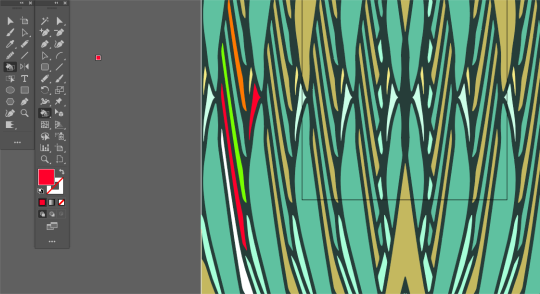
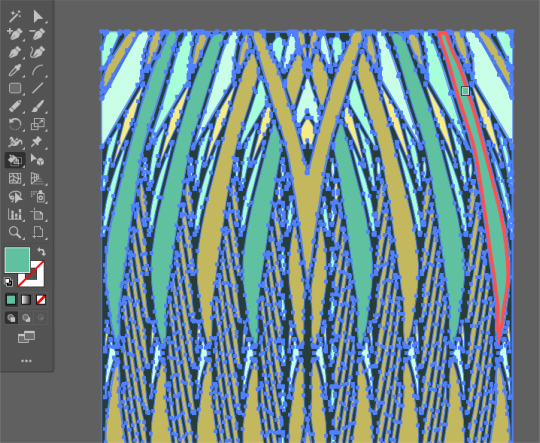
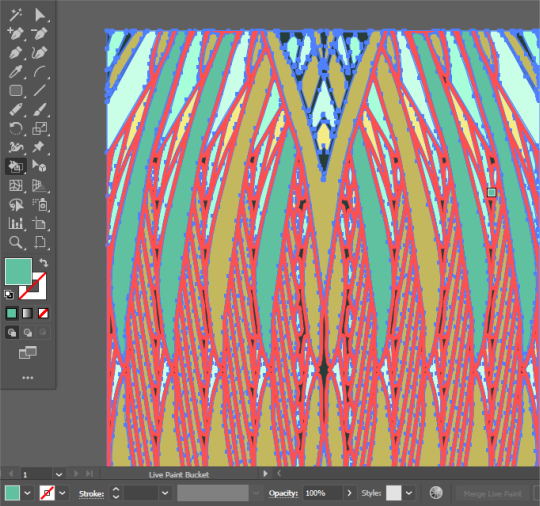

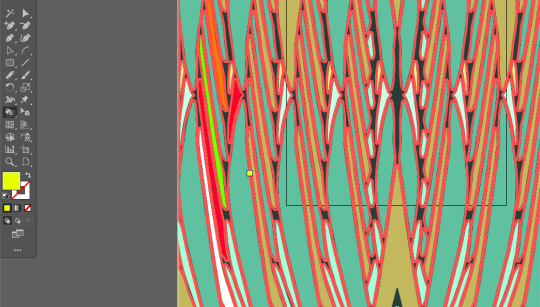
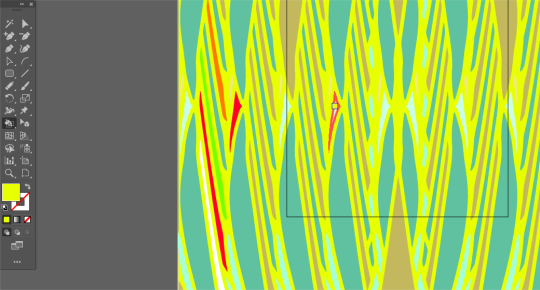

shop here>>>> DOPEMAINEQUATION
get that graphick pack >>>> here
#graphic design#eysneya balance#dopemainequation#eysneyabalance#art#artwork#digital art#graphics#graphic elements#graphic design elements#fashion design#design#decore#textile print#textile printing#product design#artists on tumblr#adobe illustrator#illustrator#illustration#drawing#wing#wings#feather#feathers#selling art#selling artwork#vector#vectors#ai
2 notes
·
View notes
Text
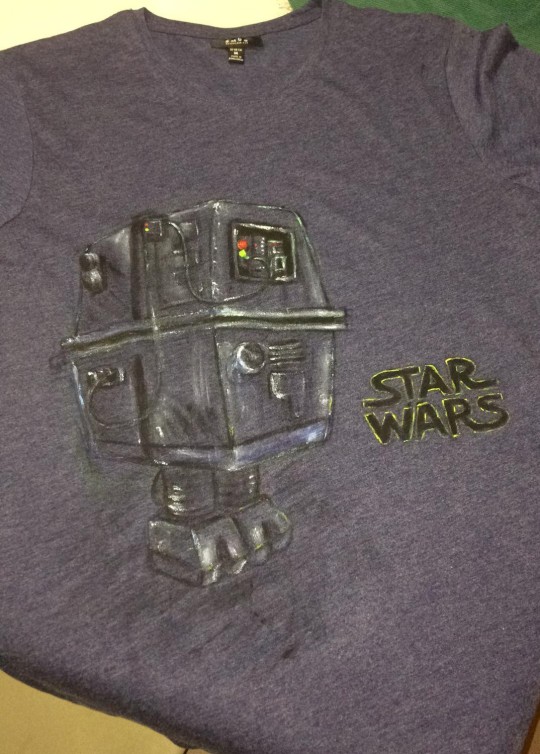
Star Wars selfmade Gonk droid t-shirt from 2020.
You can support me on 🧡PATREON🧡
My online shops: ❤REDBUBBLE❤ & 🖤TEEPUBLIC🖤
Follow me on other social media: 💖YOUTUBE💖
💗INSTAGRAM💗 💙FACEBOOK.COM💙 💘PINTEREST💘
💚DEVIANTART.COM💚 🎶TIKTOK🎶 🤍TWITTER🤍
#artwork#artists on tumblr#traditional art#art#my art#painting#paintings#paint#textilart#textildesign#myart#fanart#fabric painting#textiledesign#textileart#star wars#star wars fanart#star wars art#textile printing#gonk#gonk droid#star wars droid#star wars droids#star wars drawing#droid#selfmade#speedart#speedpaint#speedpainting#speeddrawing
4 notes
·
View notes
Text



Galaxy Bride at Robert Wun Couture FW24
#robert wun#fw24#couture#runway#fashion#galaxy#bride#embellishment#bead embroidery#pattern#surface pattern#surface pattern design#pattern design#textile design#textiles#video#crystals#galaxy print#printed textiles#print
31K notes
·
View notes
Text
Sublimation Printing vs. Digital Textile Printing: Which is Right for You?
When it comes to textile printing, businesses and creatives are often faced with the choice between two popular methods: sublimation printing and digital textile printing. Each of these techniques offers unique advantages, and understanding which one suits your needs can make a significant difference in your production process. At True Colors Group, we specialize in helping you navigate the world of textile printing, ensuring that your products meet the highest standards of quality.
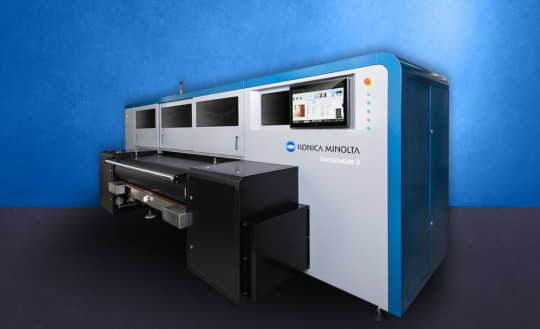
In this article, we’ll explore the key differences between sublimation printing and digital textile printing to help you decide which method is best for your next project.
What is Sublimation Printing?
Sublimation printing is a process where heat is used to transfer dye onto materials such as polyester fabric, ceramics, or metal. The dye changes from a solid to a gas and bonds with the fibers of the fabric, resulting in vibrant, long-lasting colors. This method works best on synthetic fabrics like polyester, which allows the dye to infuse deeply into the material.
Advantages of Sublimation Printing:
Vivid Colors: Sublimation creates vibrant, full-color prints that are hard to match with other methods.
Durability: Because the dye is embedded into the fibers, the prints are resistant to fading, cracking, or peeling, even after extensive washing.
No Feel: The print becomes part of the fabric, so there's no thick layer on top, giving the garment a smooth, soft feel.
At True Colors Group, we use state-of-the-art printing machines to deliver high-quality sublimation prints that provide excellent color accuracy and exceptional durability.

What is Digital Textile Printing?
Digital textile printing, on the other hand, uses inkjet technology to apply water-based inks directly onto fabric. This method works on both natural and synthetic fabrics, giving it a broader range of applications than sublimation. With digital textile printing, the fabric is printed with the ink directly onto its surface, allowing for intricate designs and smaller production runs.
Advantages of Digital Textile Printing:
Versatility: Digital textile printing can be used on a wider variety of fabrics, including cotton, linen, and silk, in addition to polyester.
High Detail: This technique allows for printing complex, detailed images with fine lines and vibrant colors.
Eco-Friendly: Water-based inks used in digital textile printing are generally more environmentally friendly, reducing harmful emissions and chemical waste.
Digital textile printing has become a go-to choice for custom fabrics, making it a perfect solution for everything from fashion design to home décor. At True Colors Group, we offer cutting-edge digital textile printing that ensures precise, high-quality results.
Key Differences Between Sublimation and Digital Textile Printing
Fabric Type: Sublimation works best on synthetic fabrics like polyester, whereas digital textile printing can be used on a broader range of natural and synthetic materials.
Color Quality: Sublimation typically produces brighter and more vibrant colors, while digital textile printing excels at reproducing intricate designs and fine details.
Durability: Sublimation prints are more durable and resistant to fading, while digital prints may require more careful handling to ensure longevity.
Cost-Effectiveness: Sublimation printing tends to be more cost-effective for larger production runs, while digital textile printing can be more economical for smaller, custom batches.
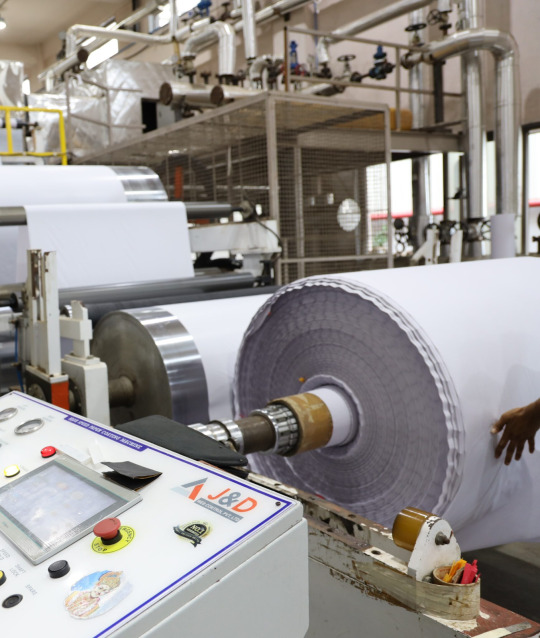
Which Printing Method is Right for You?
The choice between sublimation printing and digital textile printing depends largely on your specific needs and the type of product you're creating. If you're looking for vibrant prints on polyester fabrics and need a durable, long-lasting result, sublimation is the way to go. However, if you need to print on a variety of fabrics or require fine details and intricate designs, digital textile printing may be the better option.
At True Colors Group, we pride ourselves on offering both sublimation printing and digital textile printing solutions. Whether you're producing custom apparel, home textiles, or promotional products, we have the expertise and the printing machines to bring your vision to life.
Conclusion
Both sublimation printing and digital textile printing have their unique strengths, and the choice between the two will depend on your project’s requirements. With True Colors Group, you can be confident that we’ll help you select the right method to achieve the best results, no matter what type of textile you're working with.
0 notes
Text


pencil banners
Jasper Alexander
Linocut relief print on fabric, hand sewn using felt & recycled notions
#linoprint#printmaker#block printing#printmaking#relief print#block print#handmade#reliefprint#salted snail studio#blanket stitch#embroidery#felt embroidery#creative reuse#recycledart#textile art#banner#fabric printing#textile printing#linocut#linocarving#hand sewn
14 notes
·
View notes
Text
Exploring the World of Custom Printing
In this day and age of customized items, custom printing has taken the spotlight across different businesses. From making custom books to planning customized materials and one of a kind photograph gifts, the force of Book Printing, Textile Printing, and Photo Gift Printing permits people and organizations the same to communicate their imagination and add individual contacts to ordinary things. How about we investigate these interesting printing choices and their capability to change normal items into significant, altered manifestations.

Book Printing: Safeguarding Recollections, Stories, and Information
One of the most well known types of Book Printing is the making of customized books. Whether you are a writer shifting focus over to independently publish your most recent novel, a family anxious to safeguard valuable recollections in a delightfully printed photograph book, or a business hoping to create preparing materials or special books, Book Printing gives a flexible arrangement.
The magnificence of Book Printing lies in its capacity to catch content in actual structure. From hardcover to soft cover, you can pick the best organization to suit your necessities. Great printing guarantees that your book isn't just outwardly engaging yet additionally solid. This pursues Book Printing a fabulous decision for both individual and expert ventures, offering a viable method for sharing stories, thoughts, or information with the world.
Textile Printing: Style Meets Capability
With regards to custom clothing or home stylistic layout, Textile Printing has upset the manner in which we customize textures. Whether it's a custom shirt with your #1 plan, a bunch of customized pads for your family room, or remarkable texture for a style assortment, Textile Printing offers vast conceivable outcomes.
Textile Printing isn't restricted to simply clothing — it's a flexible answer for different sorts of textures. The innovation utilized in Textile Printing guarantees dynamic, durable prints that keep up with their quality even after numerous washes. With computerized printing, you can make itemized, perplexing plans that make your items genuinely unique. Whether you're planning custom gifts or making a brand character, Textile Printing is an incredible decision for adding an individual touch to texture based things.
Photo Gift Printing: Transforming Recollections into Fortunes
We as a whole love giving something uniquely great, and Photo Gift Printing is the ideal method for making customized presents that hold wistful worth. From custom photograph mugs to customized photograph schedules, telephone cases, or even material prints, the choices for Photo Gift Printing are unending.
Whether it's for a birthday, commemoration, or Christmas season, photograph present printing permits you to safeguard and grandstand esteemed recollections. With cutting edge printing innovation, these items catch great pictures as well as guarantee that your recollections are shown flawlessly. Custom photograph gifts are a smart method for showing your affection and appreciation, making them ideal for any event.
Why Pick Custom Printing?
The advantages of Book Printing, Textile Printing, and Photo Gift Printing go past personalization. These administrations permit people and organizations to make exceptional, great items that stick out. Whether you're shifting focus over to exhibit imagination, express your character, or construct a brand, custom printing offers boundless conceivable outcomes.
By picking custom printing, you can:
Add an individual touch to gifts, style, and clothing.
Make proficient materials like books or handouts that have an effect.
Safeguard recollections in an unmistakable organization through photograph gifts.
Support your image character with remarkable material plans.
Conclusion
The universe of Book Printing, Textile Printing, and Photo Gift Printing offers endless chances to make something significant, customized, and remarkable. Whether for business or individual use, custom printing is a successful method for sharing stories, show imagination, and establish enduring connections. Things being what they are, the reason settle for common when you can make uncommon with custom printing? Begin investigating these printing choices today and rejuvenate your thoughts!
#web to print#w2p#print on demand solution#Wide Large Format Printing#Wedding/ Invitation Card#Book Printing#Textile Printing#Photo Gift Printing#Plastic Cards ID card printing#digital printing#offset printing
0 notes
Text
DTF Printing: Transforming Digital Art into Durable Clothing
Introduction:
In the ever-changing environment of textile printing, the combination of digital art and cutting-edge technology has resulted in revolutionary approaches that redefine the possibilities for producing long-lasting and visually attractive clothes. Direct-to-Film (DTF) printing is a game-changing process that transforms digital art from the screen to long-lasting clothes. This essay looks at the interesting evolution and uses of DTF printing, demonstrating how it has become a major changer in the world of bespoke garments.
The Birth of DTF Printing:
DTF printing emerged from the desire to overcome the limits of traditional textile printing techniques. This process combines the accuracy of digital art with the efficiency of film transfer to create detailed designs with amazing detail on a variety of materials.
The Process Unveiled:
Digital Art Creation:
The adventure begins with the development of digital artwork. Artists and designers may express their creativity on digital canvases, creating detailed and bright designs that were previously difficult to replicate on fabrics.
Film Printing:
Once the digital masterpiece is finished, it is printed onto a special film with a corresponding printer. The film transports the design and is critical to the printing process's success.
Heat Transfer:
The film is then applied to the fabric using a heat press, resulting in a long-lasting and vivid transfer. The heat activates the inks on the film, guaranteeing that the pattern is seamlessly integrated into the clothes.
The Advantages of DTF Printing:
Versatility in Fabric Choices:
Unlike certain prior methods, DTF printing is not confined to certain types of fabric. It may be used on cotton, polyester, mixes, and even more difficult fabrics, allowing unrivaled flexibility for apparel customization.
Durability Beyond Expectations:
DTF transfers are renowned for their endurance. The designs can resist washing, stretching, and regular use without losing colour or detail. DTF-printed apparel is suited for both casual wear and more demanding purposes because to its toughness.
Complex Designs Come to Life:
DTF printing is ideal for complicated and extremely detailed digital art due to the precise intricate details and brilliant colors it can produce. Fine lines, gradients, and photographic components may all be accurately recreated on clothing, allowing designers to push the bounds of innovative thinking.
Applications in the Fashion Industry:
DTF printing has established a unique niche in the fashion industry, changing the way designers approach customisation and personalisation. From limited edition collections to one-of-a-kind works, DTF has expanded the possibilities for creative expression.
Conclusion:
The transition from digital art to practical apparel utilising DTF printing marks a significant advancement in the field of textile customisation. Artists, designers, and entrepreneurs alike now have access to a powerful tool that not only brings their digital dreams to life, but also assures the product's lifespan and quality. As DTF printing evolves, it promises to change the future of bespoke clothes by providing a seamless link between the digital environment and the tangible, wearable art that characterises our own style.
Check out our Facebook Page and Community Group for offers and more updates.
#Direct-to-Film (DTF) printing#dtf transfers#DTF printing process#DTF printed apparel#textile printing
0 notes
Text

𝑬𝒎𝒆𝒓𝒈𝒊𝒏𝒈 𝑻𝒓𝒆𝒏𝒅𝒔 𝒊𝒏 𝒕𝒉𝒆 𝑻𝒆𝒙𝒕𝒊𝒍𝒆 𝑷𝒓𝒊𝒏𝒕𝒊𝒏𝒈 𝑴𝒂𝒄𝒉𝒊𝒏𝒆𝒔 𝑴𝒂𝒓𝒌𝒆𝒕
𝑫𝒐𝒘𝒏𝒍𝒐𝒂𝒅 𝑭𝑹𝑬𝑬 𝑺𝒂𝒎𝒑𝒍𝒆: https://www.nextmsc.com/textile-printing-machines-market/request-sample
The textile printing machines market is evolving faster than ever! With technological advancements and sustainable practices at the forefront, this industry is reshaping how we think about fashion and fabric.
𝑲𝒆𝒚 𝑻𝒓𝒆𝒏𝒅𝒔 𝒕𝒐 𝑾𝒂𝒕𝒄𝒉:
𝑺𝒖𝒔𝒕𝒂𝒊𝒏𝒂𝒃𝒊𝒍𝒊𝒕𝒚 𝑴𝒂𝒕𝒕𝒆𝒓𝒔: Eco-friendly inks and materials are becoming the norm, pushing brands towards greener practices.
𝑫𝒊𝒈𝒊𝒕𝒂𝒍 𝑫𝒐𝒎𝒊𝒏𝒂𝒕𝒊𝒐𝒏: Digital printing is revolutionizing production speed and customization, allowing for small batches and unique designs.
𝑺𝒎𝒂𝒓𝒕 𝑻𝒆𝒄𝒉𝒏𝒐𝒍𝒐𝒈𝒚: Automation and IoT integration are enhancing efficiency and reducing waste, making textile printing smarter than ever!
𝑮𝒍𝒐𝒃𝒂𝒍 𝑴𝒂𝒓𝒌𝒆𝒕 𝑮𝒓𝒐𝒘𝒕𝒉: With an estimated CAGR of over 10%, the demand for innovative printing solutions is soaring across the globe.
𝑾𝒉𝒚 𝑰𝒕 𝑴𝒂𝒕𝒕𝒆𝒓𝒔: As brands pivot towards personalized and sustainable options, the right textile printing technology can set companies apart. Whether you're a manufacturer, designer, or investor, staying informed about these trends is crucial.
𝑴𝒂𝒋𝒐𝒓 𝑲𝒆𝒚 𝑷𝒍𝒂𝒚𝒆𝒓𝒔:
Durst Group
Konica Minolta
Kornit Digital Ltd
Mimaki Engineering Co Ltd
ROQ International
Sawgrass
𝑨𝒄𝒄𝒆𝒔𝒔 𝑭𝒖𝒍𝒍 𝑹𝒆𝒑𝒐𝒓𝒕: https://www.nextmsc.com/report/textile-printing-machines-market
Join the Conversation! How do you see the textile printing landscape evolving? Share your thoughts below!
#textile printing#sustainability#innovation#market trends#digital printing#industry insights#future of fashion#market research#business insights
0 notes
